Excess words track LLM usage in biomedical publications.
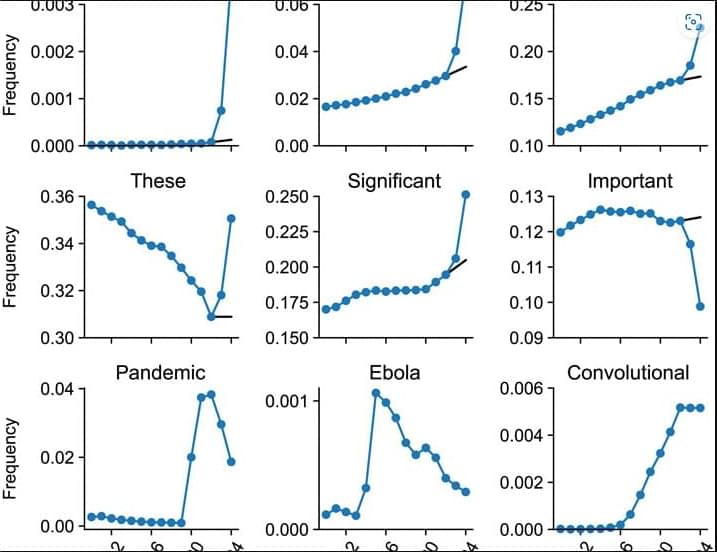

Despite their astounding success, custom-made base editors and prime editors will need time to broaden their clinical impact.
You have full access to this article via your institution.
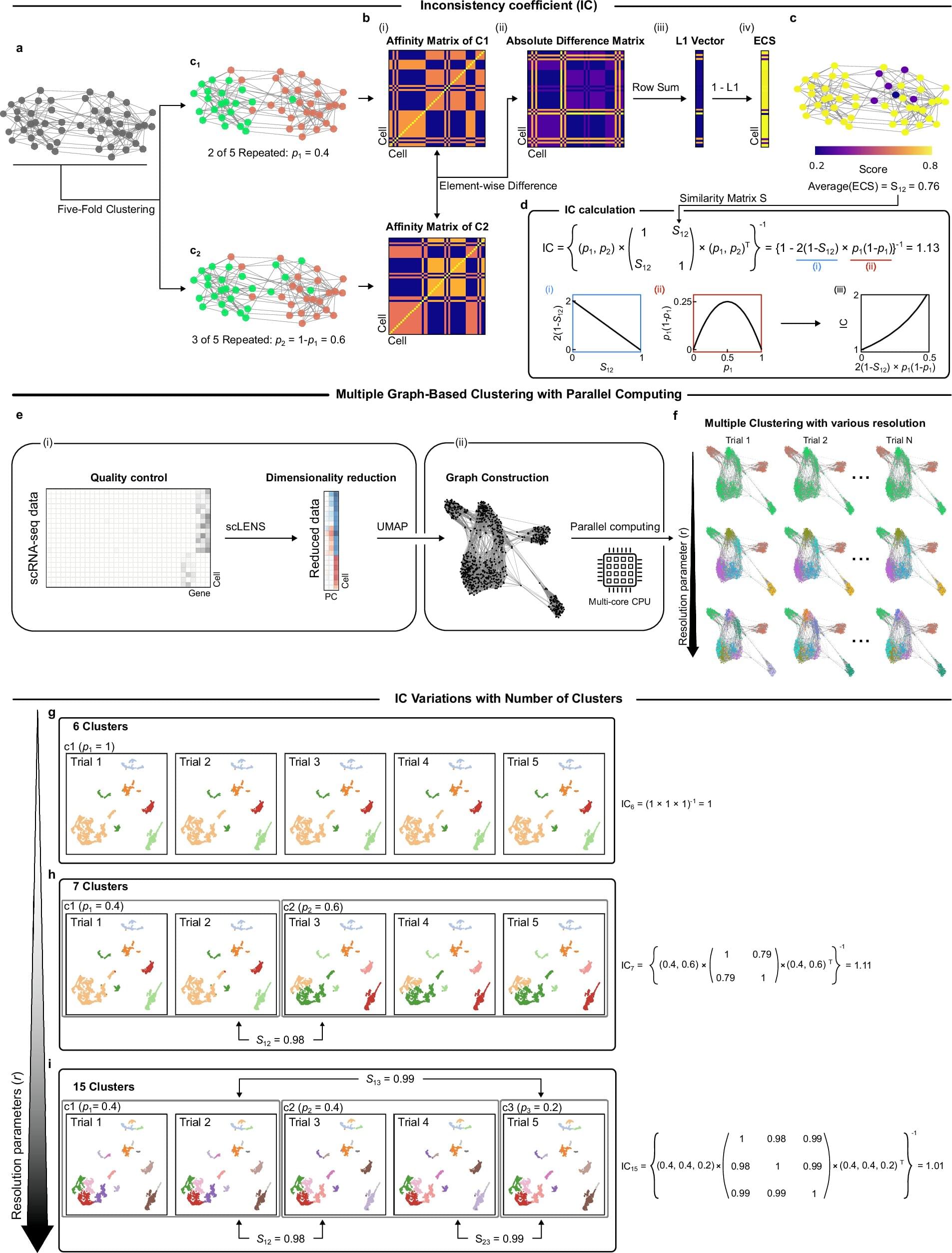
The ability to analyze gene expression at the single-cell level—known as single-cell RNA sequencing (scRNA-seq)—has transformed life sciences, driving discoveries across immunology, oncology, and developmental biology. Over 40,000 studies have leveraged this technique to map the complex diversity of cells within tissues and organisms.
Yet beneath this explosive growth lies a persistent problem: clustering instability. When researchers attempt to group cells by expression patterns to identify cell types or disease states, they often face inconsistent results—even when analyzing the same dataset repeatedly.
Inaccurate clustering can lead to misclassifying normal cells as cancerous or missing rare but critical cell types—jeopardizing interpretation and therapeutic decisions. This “reliability crisis” forces scientists to rerun analyses or rely on computationally expensive pipelines to extract trustworthy insights.
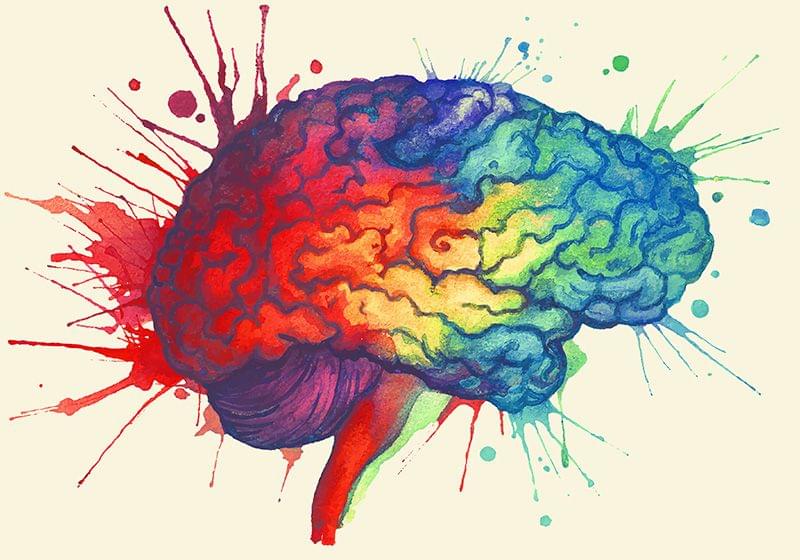

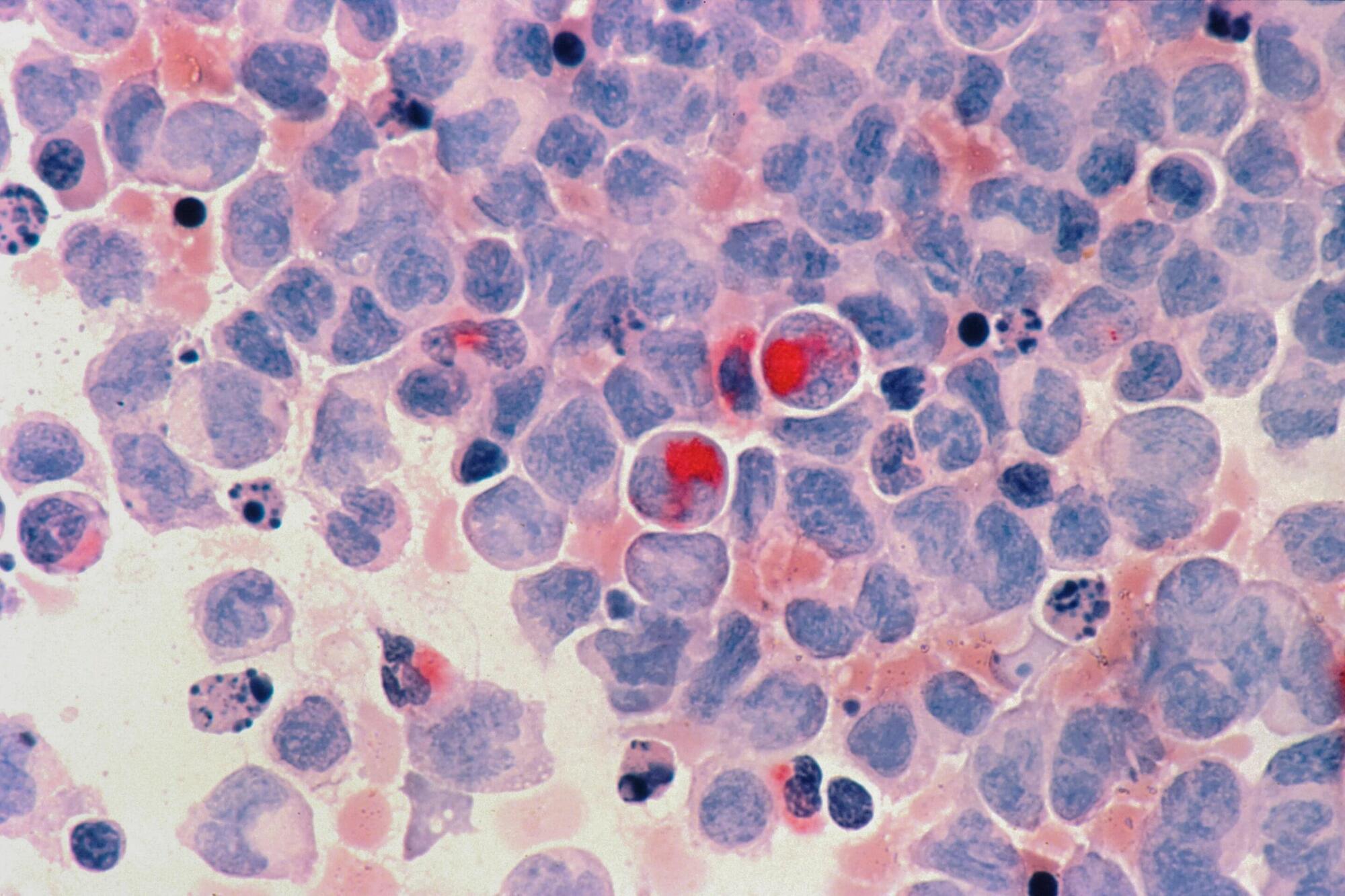
Researchers working on an incurable blood cancer can now use a new lab model that could make testing potential new treatments and diagnostics easier and quicker, new research has found.
In a paper published in Nature Communications, a team of researchers led by the University of Birmingham has studied blood cells from patients with a blood cancer called myelodysplastic syndrome disease (MDS). This disease often develops into a highly aggressive form of acute myeloid leukemia (AML).
Working with this new model has led to confirmation that a mutation in the gene CEBPA causes progression from MDS to AML.

Terahertz radiation (THz), electromagnetic radiation with frequencies ranging between 0.1 and 10 THz, could be leveraged to develop various new technologies, including imaging and communication systems. So far, however, a lack of fast and sensitive detectors that can detect radiation across a wide range of frequencies has limited the development of these THz-sensing technologies.
In a recent paper published in Nature Electronics, researchers at the University of Wisconsin-Madison, the University of Tennessee and other institutes have introduced new photodetectors made of tantalum iridium telluride (TaIrTe₄), a 2D-correlated topological semimetal that exhibits advantageous properties. Most notably, this material exhibits a strong nonlinear Hall effect, a physical effect that entails a transverse voltage in the absence of an external magnetic field, which is nonlinearly proportional to an applied electric field or current.
“THz technology is critical in quantum information technology and biomedical sensing because its frequency resonates with low-energy collective excitations in quantum materials and molecular vibrations in biological matters,” Jun Xiao, senior author of the paper, told Phys.org.
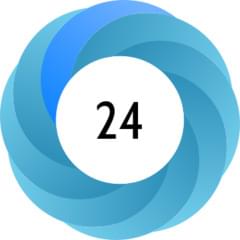
Germline cells play a key role in the transmission of phenotypes and physiological adaptations to subsequent generations (1). Over a century ago, August Weismann proposed that changes in somatic cells cannot be passed on to germ cells or offspring, a theory known as the Weismann barrier (2). Nevertheless, recent studies have proven that the Weismann barrier is permeable, and information can pass from soma to germline and modulate offspring phenotypes. In the past decade, there has been tremendous interest and progress in understanding how an altered microbiome (dysbiosis) affects different somatic cells that compose body tissues, such as brain, liver, heart, kidney, and lungs (3). Nevertheless, whether gut microbiome dysbiosis can exert an influence on the mammalian germline cells (i.e., gut to germline), and ultimately nonexposed offspring, remains unclear.
To tackle this research question, my colleagues and I established an inducible model of gut microbiota dysbiosis in isogenic male mice, using ad lib nonabsorbable antibiotics (nABX) that cannot cross the epithelial barrier of the gut (4). As expected, 6 weeks of low-dose nABX treatment led to a physiologically significant dysbiosis, which is reversible and gradually normalized to a physiologically healthy gut microbiota after 8 weeks of nABX withdrawal (6 weeks + 8 recovery). The induced dysbiosis after 6 weeks of nABX had no appreciable effects on male body weight, growth, or fertility. No nABx residues were detected in the serum or testes of treated males, which confirmed that any distal tissue responses are gut dysbiosis–induced rather than systemic drug effects.
We then examined physiological changes in the male reproductive system in response to 6 weeks of dysbiosis. Dysbiotic males had smaller testes, lower sperm count, and more abnormally shaped sperm. Histological analysis uncovered a wide range of anatomical abnormalities in testes of dysbiotic males, including increased number of abnormal seminiferous tubules, reduced epithelial thickness, and absence of mitotic compartments, which were not observed in control testes. Testicular metabolomic profiles revealed that testes clustered according to gut microbiota status and exhibited dysregulated sphingolipids, glycerophospholipids, and endocannabinoids, all known to play pivotal roles in germ cell function. Moreover, in dysbiotic male testes, spermatogenesis-regulating genes were misexpressed—most notably leptin, a reproductive hormone, was strongly down-regulated.

Cancer-fighting T-cells, the immune system’s primary enforcers, are scarce in the rare kidney cancer called chromophobe renal cell carcinoma (ChRCC) and those that are present are indifferent to the tumor threat and traditional immune therapies, revealing the need for new targets and treatments.
Those are among the results described in a July 2 published report in the Journal of Clinical Oncology that set out to understand the biology of certain kidney tumors, including ChRCC, and their immune responses.
The study found that ChRCC, which accounts for about 5% of all kidney cancers, has fewer T-cells and key molecules required for an immune response than other kidney cancers and poorer response and survival rates when treated with immune-based therapies. Other examined kidney tumors included in the study were low-grade oncocytic tumor (LOT) and the usually benign renal oncocytoma (RO).
DNA sequencing shows young trees are more likely to have gene variants that confer partial resistance to a fungus that has been wiping out ash trees across Europe